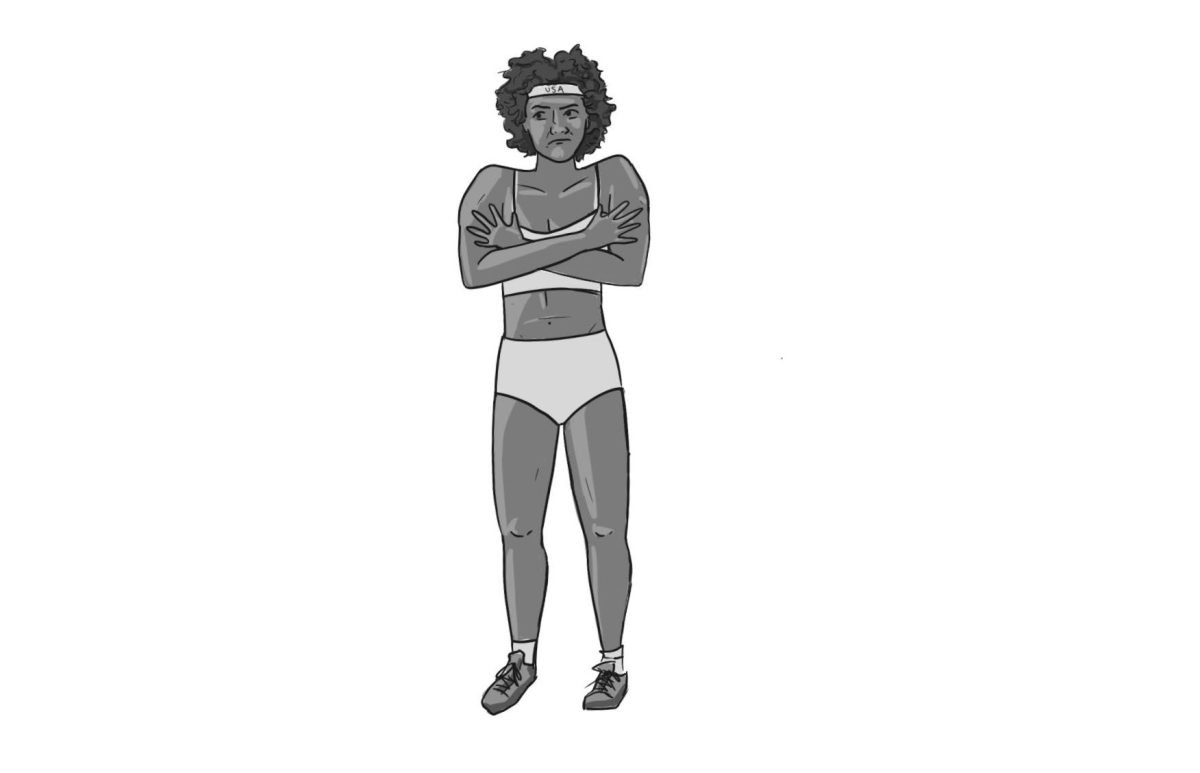Amid deep skepticism over the American economy and only foolish predictions against an inevitable recession, the United States dollar reached an all-time low against the euro two weeks ago by closing at $1.56 per euro.
Many economists and consumers alike believe that this all-time low closing of the dollar versus the euro is either the tipping point that sends us on an economic downward spiral from our world position as both an economic and political superpower or more salt on the open wound that is the U.S. economy.
They believe that the forthcoming recession will be caused by the amalgam of problems that have recently: or are about to: burst, headlined by the credit crunch, negative trend in the service sector, housing bubble, sub-prime mortgage crisis and declining value of the dollar.
The last of these, however, may in fact be not what puts us in a recession, but what pulls us out of one.
Though the value of the dollar may be falling, U.S. exports are sailing. Since February of 2007, U.S. exports have risen nearly 7 percent according to the U.S. Import and Export Price Index, continuing a steep trend they began in late 2005. Over the last two years, U.S. exports have risen roughly 25 percent. And so far in 2008, exports have risen an average of over 1 percent each month. Exports have been “the one bright spot in economic performance” according to Martin Feldstein, Harvard professor of economics and CEO of the National Bureau of Economic Research.
As the European market struggles to plateau the skyrocketing price of the euro, their products become increasingly uncompetitive in the world market. Thus, Washington apple growers, Midwest grain farmers and Florida citrus growers are all reaping the benefits of having competitive products on a global scale. Finally, their products can be eaten up by European, Asian and Latin American markets: most of whom, I suspect, will not get enough of our products even well after the dollar’s woes are long gone.
But even if some economic stomachs become satiated amidst our recession, the revenue we gain owing to these exports: not a renewed confidence in credit or a patched-up housing market: will be the jumpstart the economy needs to regain its footing. This is because our exports, like any good investor, are now more diversified than they have ever been and our trade deficit is declining.
The more stockpiled capital upon which you have to push off from, the better you are in climbing out of a recession.
Whereas only years ago our principal exports were to Europe and only sparingly to Asia and South America, now they have steeply increased to Asia, South America and even Africa: immense relatively untapped buying powers: as a result of the decline of the dollar (hence, competitive products).
The U.S. trade deficit has begun to shrink for the first time since 1995, and if it weren’t for skyrocketing oil prices: which reached over $110 a barrel over spring break: the trade deficit might have saved us by a hair from falling into a recession. But, of course, we forget that America is still, sadly, addicted to foreign oil and not renewable energy. And with the current administration there’s no way around OPEC’s chokehold on our economy.
But, for the time being, I’ll try to finish this one because that’s a whole other matter to contend.
Needless to say, while we’re struggling on this side of the Pacific, our friends on the other side are not: even though their currency is pricey. Unlike the Federal Reserve, who cut interest rates from 5 1/4 to 3 percent in one fell swoop, the European Central Bank has frozen interest rates at a moderate 4 percent: keeping consumer confidence throughout Europe steadily high. All of these moves, both by the Fed and ECB, with one goal in mind: keeping inflation rates in check.
So far, Europe has been doing a better job, leveling its inflation rate at around 2 percent while we’re struggling to keep ours below 3 and, soon to be, 4 percent.
Stagflation: not quite, but a near miss.
A perhaps equally significant mess though is that as the Fed keeps dropping interest rates, it encourages domestic investment to veer abroad. However, as a consequence of the lack of domestic investment, the value of the dollar plummets. And as a consequence of the plummeting value of the dollar, more foreign investments will aim toward the U.S.
So, our economy will become all but a catch-22 of investment. I guess we’ll just have to wait and do what the economically savvy do best: trust.







